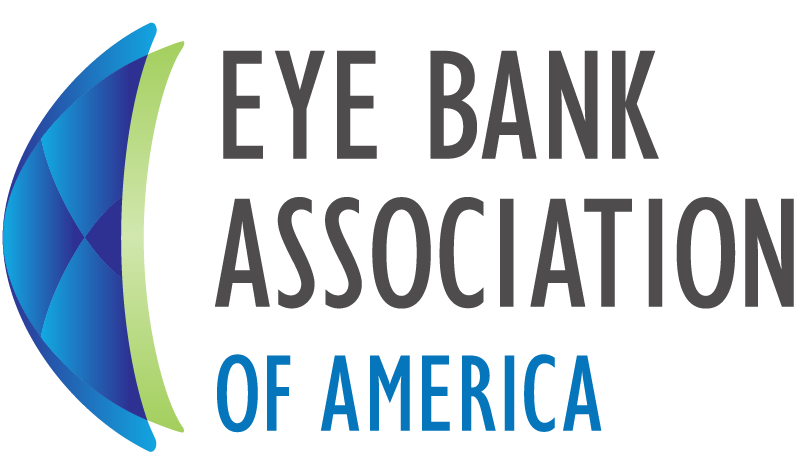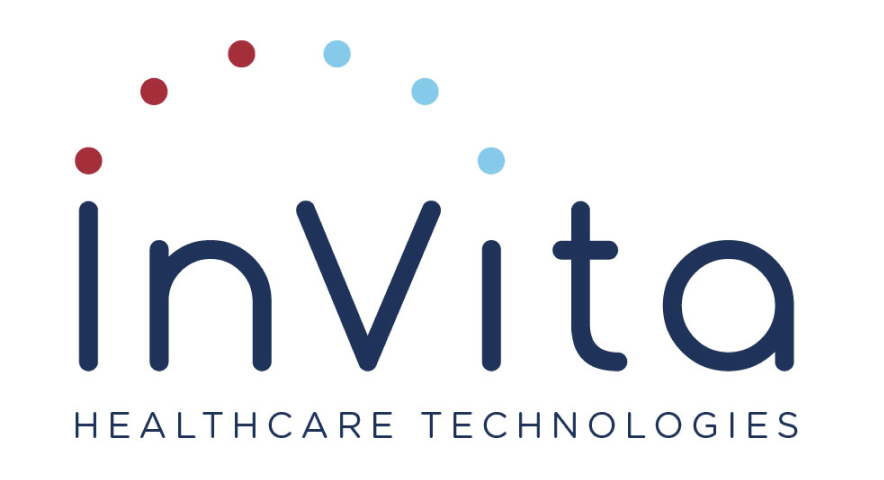
The Eye Bank Association of America (EBAA) is the world’s oldest transplant association, established in 1961 by the American Academy of Ophthalmology (AAO). This year, EBAA is celebrating 60 years of leadership and innovation in the field of eye banking, cornea donation, and cornea transplantation.
Special Milestones
EBAA and the eye banking profession have many great accomplishments. We will be highlighting some of these special milestones throughout 2021. View the video and descriptions below to see the various resources, services, and accomplishments that have developed throughout the years.
-
1961
The Founding of EBAA
In 1955, 27 ophthalmologists, representing 12 eye banks, formed a Committee on Eye Banks; today, that Committee still functions under the auspices of the American Academy of Ophthalmology. Over the next few years, an umbrella “association” of affiliated but separate eye bank organizations was established. As the concept matured, all eye bank representatives were invited to an open meeting; there they approved a resolution to establish the Eye Bank Association of America.
-
1962
Statistical Report
EBAA’s first statistical report of eye banking activity was published in 1962. Data was collected every 5 years through 1976 and then annually thereafter. In 2011 EBAA CONNECT,a real-time, web-based statistical reporting and analysis program, was launched. In March 2021, we will launch E-StatIS (EBAA Statistical Information System), with an improved users interface and enhanced reporting and benchmarking capabilities.
-
1962
Ham Radio Network
Seeking to improve the flow of information about available ocular tissue, an informal group of volunteers in the Midwest established a network of ham radio operators. The network expanded rapidly across the country to spread the word of emergency tissue needs to as many eye banks as possible and to provide wide distribution of information on the availability of tissue.
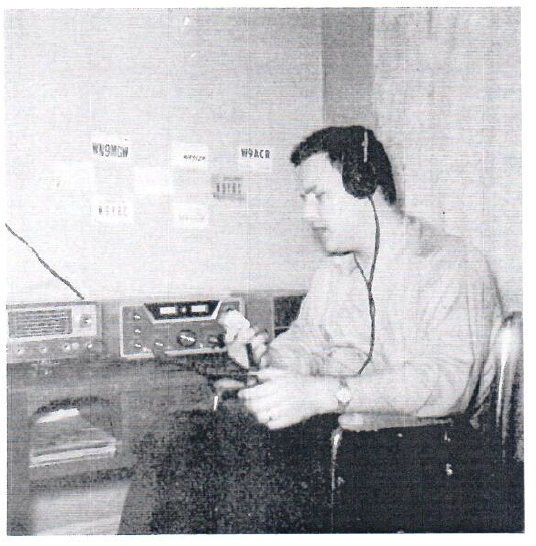
-
1980
Medical Standards
To promote best practices and standardize critical elements of tissue handling and storage, the first edition of ’EBAA’s Medical Standards were published in 1980. This was the first document of its kind in the field of organ and tissue transplantation. Based on the science specific to ocular tissue, the Standards are reviewed and revised twice a year by the Medical Advisory Board, which is composed of leading eye bankers and physicians, and are the definitive authority in eye banking and transplantation.
-
1981
Accreditation
Immediately following the publication of its Medical Standards, EBAA established an accreditation program to certify those eye banks that adhere to those Standards. Featuring rigorous on-site inspections by eye bankers and physicians and the presentation of blinded findings before the entire Accreditation Board, this program is a cornerstone of EBAA’s efforts to ensure the safest and highest quality tissue for every transplant. In 2020, EBAA launched an educational campaign, “Safety First, Innovation Always,” focused on advocating the importance of using EBAA Accredited tissue.
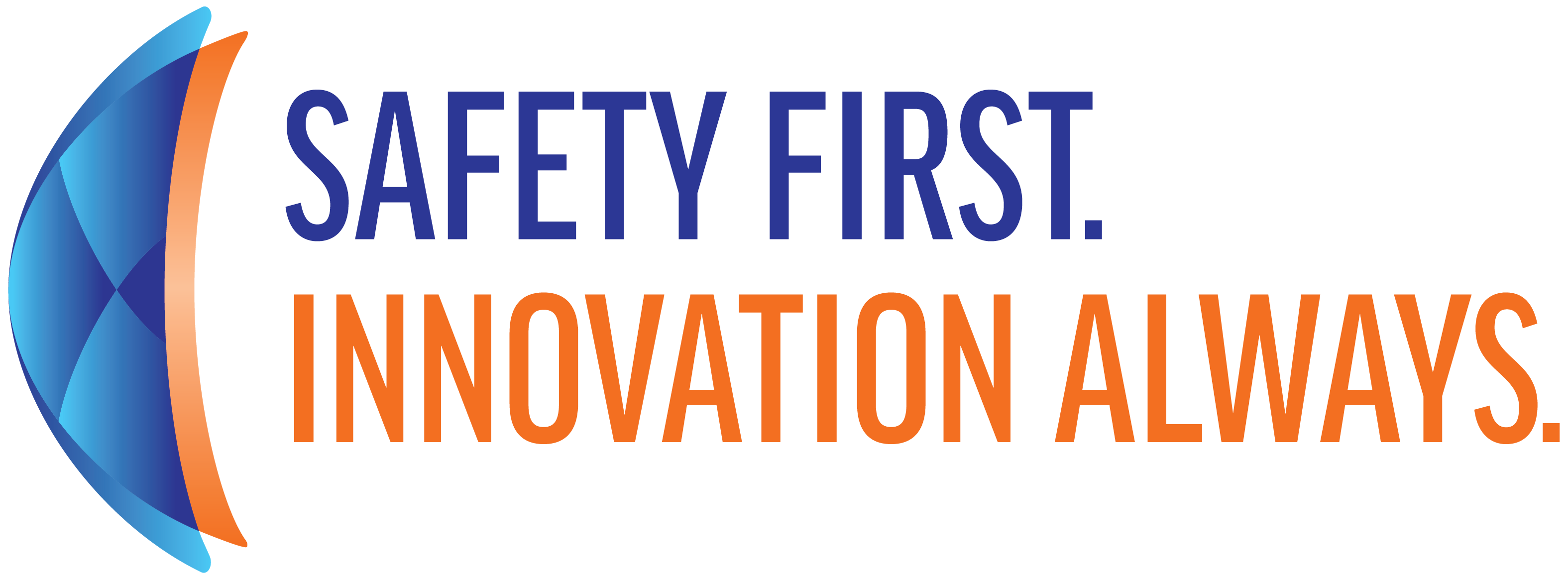
-
1981
Certified Eye Bank Technician (CEBT)
The first CEBT exam was administered, with 45 individuals passing, becoming the first class of CEBTs. Three members of the inaugural class remain active in eye banking to this day. The program continues to be the standard in eye bank technician certification and signifies a deep knowledge of eye banking practices, regulations and standards.
-
1983
National Eye Donor Month
On January 3, a joint resolution was made by the Senate and House of Representatives, authorizing President Reagan to declare that March be designated as “National Eye Donor Month”. On March 21, President Reagan proclaimed the first annual “National Eye Donor Month.” In 2017, EBAA refocused this annual observance; it is now titled Eye Donation Month, and observed in November.
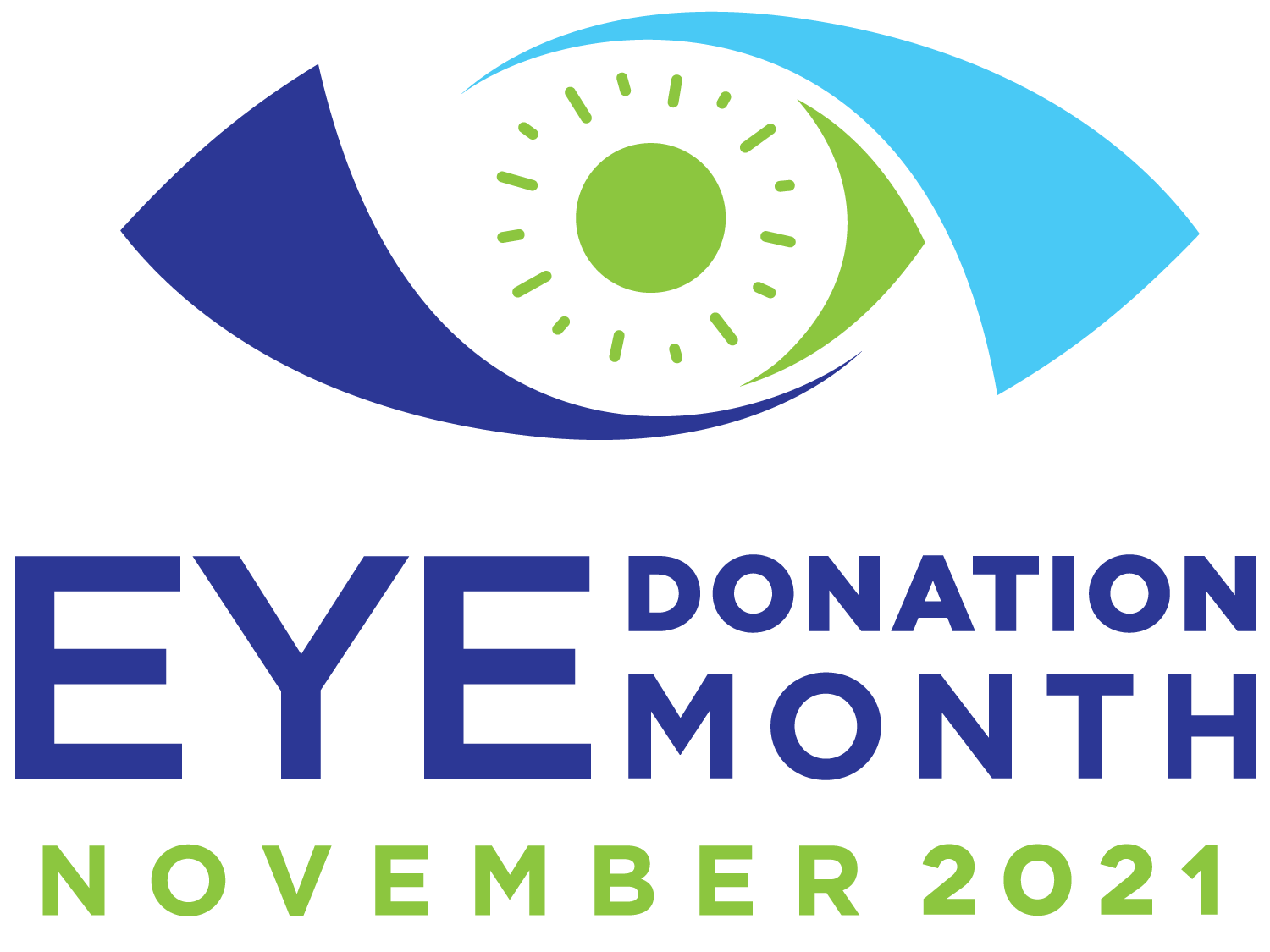
-
1985
R. Townley Paton Society
The Paton Society, EBAA’s membership category for physicians dedicated to the advancement of eye banking and corneal transplantation, was formed in 1985. Named in honor of Dr. R. Townley Paton, the founder and driving force behind the first eye bank established in the United States, the Paton Society reaffirms the link between the Eye Bank Association of America and corneal surgeons.
-
1986
Run for Vision
The first Run for Vision is held, with fewer than two-dozen runners participating. Over the years, over 30,000 physicians, eye bankers, cornea recipients and donor family members have run over 25,000 miles; enough to circle the earth! Since its inception, the Run for Vision has been underwritten by Bausch + Lomb, allowing every dollar donated by our runners to go directly to supporting EBAA’s mission to restore sight worldwide.
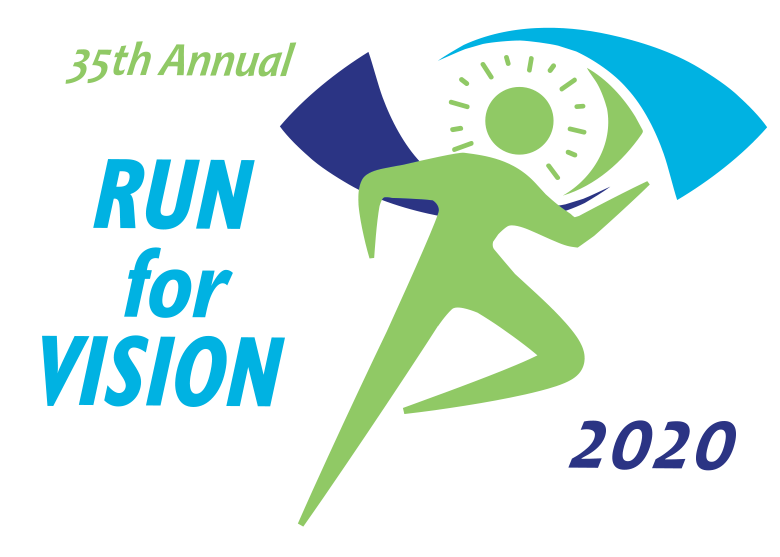
-
1989
Technician Education Seminar (TES)
EBAA created the TES, a three-day comprehensive eye banking course, to improve technicians’ skills and broaden their knowledge. Each year, approximately 50 eye bankers from across the country gather for a hands-on and in-depth course, allowing them to gain a better overall understanding of the various eye bank functions.
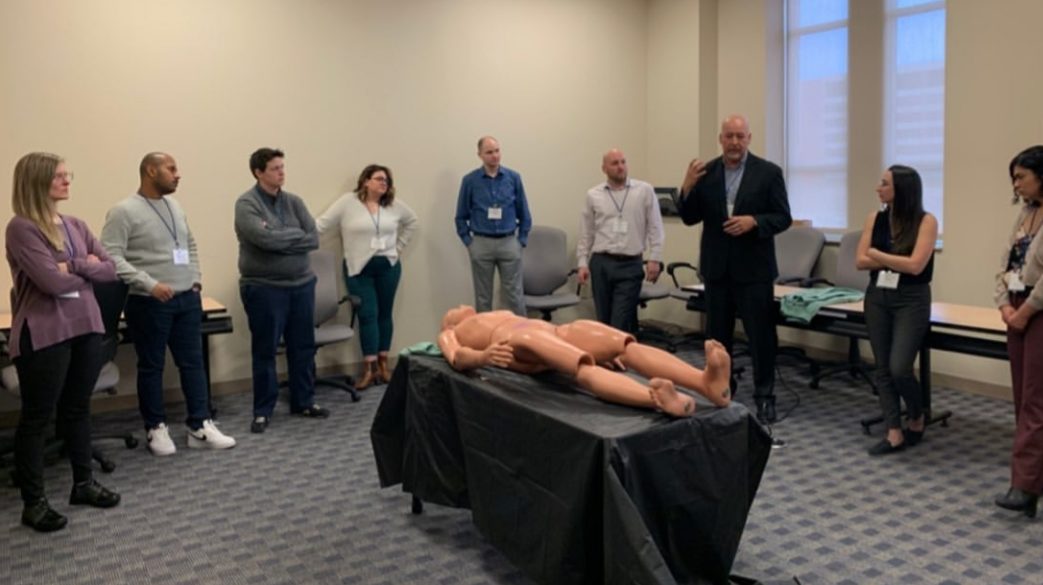
-
1990
Research Grants
In our quest to constantly improve patient outcomes, EBAA initiated a Research Grants program in 1990, funding exploration of the causes and cures of corneal disease and dysfunction. The types and amounts of grants that EBAA funds have evolved over the years, with Pilot Research Grants, High Impact Research Grants, Networking Grants, EyeFind Grants offered annually, and Targeted Research Grants for COVID-19 and similar projects provided as circumstances require.
-
2004
OARRS
A critical element of any quality assurance system is a commitment to understanding why and how individual outcomes might be flawed. To this end, EBAA launched the Online Adverse Reaction Reporting System (OARRS) website. Eye banks utilize this resource to report adverse reactions, which allows EBAA to track and analyze these situations as they occur.
-
2006
Uniform Anatomical Gift Act (UAGA) Participation
The UAGA, first passed in 1968, was revised in 2006 to stipulate that a documented statement of gift cannot be overruled by anyone other than the person who legally made the original statement. This ensures that the donor’s wishes are honored. EBAA represented the eye banking profession on the UAGA Revision Committee in 2006.
-
2011
Physician Leadership Program
Recognizing that EBAA and the profession would benefit by engaging corneal surgeons as soon as they started in practice, EBAA established its Physician Leadership Program to introduce younger surgeons to eye banking. Attendees engage in a two-day program led by seasoned eye bankers and physicians who share all elements of the eye banking process. Program topics include tissue donor evaluation, tissue recovery and processing, as well as personal leadership and career development.
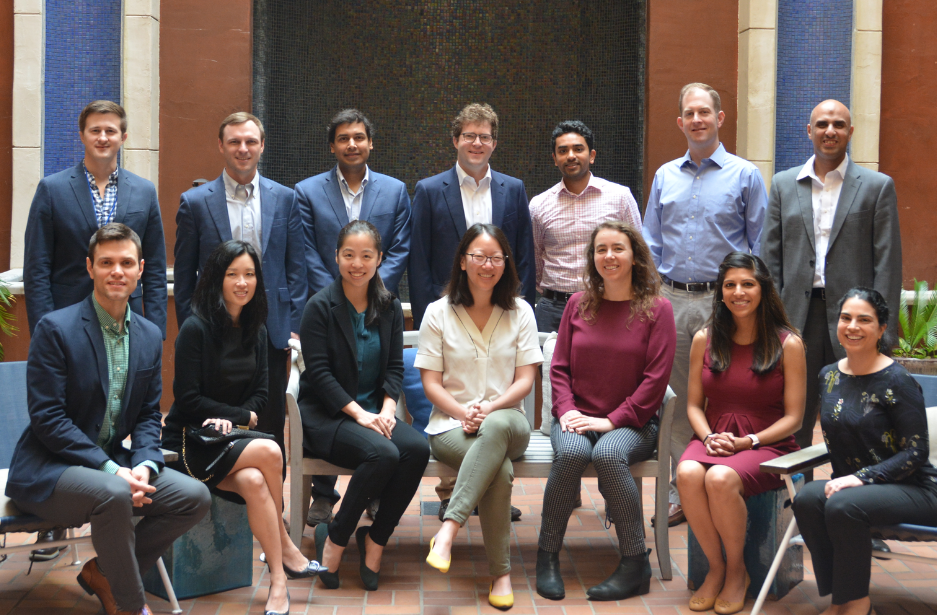
-
2018
eyeLEARN
eyeLEARN, EBAA’s online education portal is established to allow eye bankers, physicians, and the public to access a variety of educational offerings and resources from the comforts of their own office or home. There are now hundreds of hours of content housed in eyeLEARN.
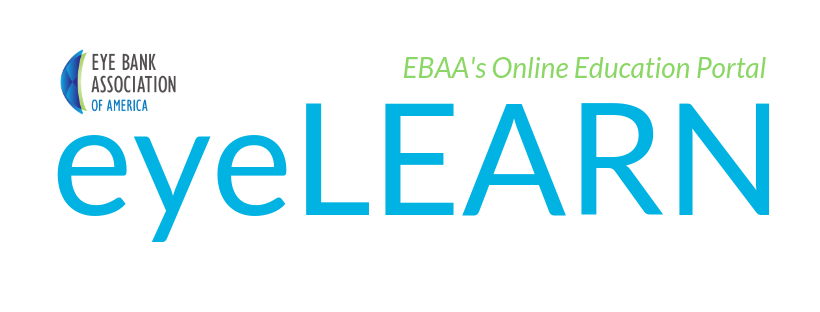
-
2019
EyeFind
A joint project of EBAA and the Association for Research in Vision and Ophthalmology (ARVO), EyeFind helps researchers find eye banks that provide the ocular tissues and processing services that meet their specific research needs. Eye banks have direct access to this tool to maintain up-to-date information about their tissues and services.
-
2019
Ocular Network Exchange (ONE)
A major advance from the 1960s and ‘70s Ham Radio Network, ONE is an online tissue distribution platform designed to prevent any transplantable cornea from going to waste. Through this user-friendly platform, ONE allows member eye banks to post tissue for distribution to other eye banks and to select tissue they are offering, dramatically expanding their reach and ensuring the best possible use for donated corneas.
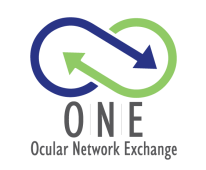
Thank You to Our Volunteers, Contributors, and Partners
Throughout the year, EBAA provides various educational programs, services, and resources to the eye bank and cornea donation profession. EBAA’s impact and leadership throughout the past 60 years is only possible thanks to the countless speakers, committee volunteers, partner organizations, and many more groups and individuals who have contributed to EBAA.
